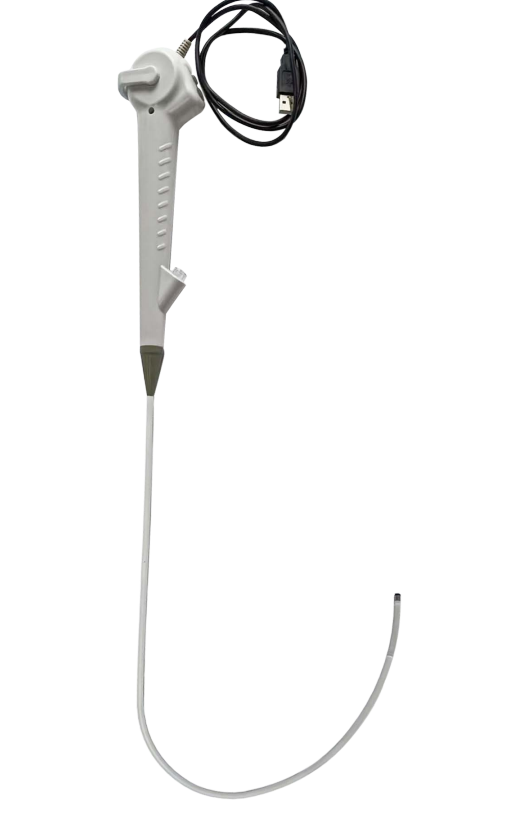 As medical advancements continue to revolutionize healthcare, bronchoscopic procedures have emerged as a crucial diagnostic tool for respiratory disorders. This non-invasive technique allows doctors to gain a comprehensive view of the airways, thereby aiding in the identification and treatment of numerous respiratory conditions. In this blog, we will delve into the fascinating world of bronchoscopic procedures, unraveling the innovative techniques that are used, their significance in diagnosing respiratory ailments, and the benefits they offer to patients.
As medical advancements continue to revolutionize healthcare, bronchoscopic procedures have emerged as a crucial diagnostic tool for respiratory disorders. This non-invasive technique allows doctors to gain a comprehensive view of the airways, thereby aiding in the identification and treatment of numerous respiratory conditions. In this blog, we will delve into the fascinating world of bronchoscopic procedures, unraveling the innovative techniques that are used, their significance in diagnosing respiratory ailments, and the benefits they offer to patients.
1. Bronchoscopy: An Insight into the Procedure:
Bronchoscopy, a procedure utilized by pulmonologists and thoracic surgeons, involves the insertion of a flexible or rigid tube called a bronchoscope into the airways. As the bronchoscope is navigated through the passages, it provides real-time imaging of the bronchial tree, allowing for a detailed examination of the lungs. Various types of bronchoscopies exist, including flexible bronchoscopy, rigid bronchoscopy, and virtual bronchoscopy, each tailored to suit specific diagnostic requirements.
2. Diagnostic Capabilities of Bronchoscopic Procedures:
Bronchoscopic procedures facilitate the identification and evaluation of respiratory conditions such as lung tumors, infections, bronchial strictures, and foreign bodies lodged in the airways. The bronchoscope’s ability to capture high-definition images and collect tissue or fluid samples enables healthcare professionals to conduct comprehensive analyses for accurate diagnoses. Moreover, advanced techniques like endobronchial ultrasound (EBUS) and electromagnetic navigation bronchoscopy (ENB) extend bronchoscopy capabilities, allowing for precise localization and sampling of lung nodules.
3. Therapeutic Applications of Bronchoscopy:
Apart from diagnostic purposes, bronchoscopic procedures also serve therapeutic roles in treating a range of respiratory disorders. Interventions like bronchial stenting, laser therapy, and endobronchial cryotherapy have proven to be successful in managing various conditions, including airway narrowing, tumors, and bleeding. Bronchoscopic lung volume reduction techniques, such as endobronchial valves and coils, have shown significant promise in the treatment of certain cases of chronic obstructive pulmonary disease (COPD).
4. Advantages of Bronchoscopy for Patients:
Bronchoscopy, being a minimally invasive procedure, significantly reduces patients’ discomfort and allows for a faster recovery compared to traditional surgical methods. Additionally, given its lesser invasiveness, it can be performed on patients with compromised lung function who are unable to undergo surgeries. The ability to collect direct samples during the procedure eliminates the need for further invasive investigations, enabling prompt and accurate diagnosis.
5. Future Innovations in Bronchoscopic Procedures:
The realm of bronchoscopy is continuously evolving with new technological advancements. Researchers are exploring the potential of using advanced imaging techniques like optical coherence tomography (OCT) and autofluorescence bronchoscopy to enhance the precision of bronchoscopic diagnosis and increase its applications. Additionally, the integration of artificial intelligence (AI) algorithms may further optimize the detection of abnormal lesions and improve the accuracy of diagnosis.
Conclusion:
Bronchoscopic procedures have undoubtedly revolutionized the field of respiratory medicine, empowering medical professionals with effective diagnostic and therapeutic capabilities. By providing invaluable insights into the lung’s internal workings, these procedures have not only improved patient outcomes but also paved the way for novel treatment approaches. With continued research and innovation, bronchoscopy is set to play an even more significant role in the diagnosis and management of respiratory disorders, promoting better respiratory health worldwide.
Post time: Nov-28-2023

